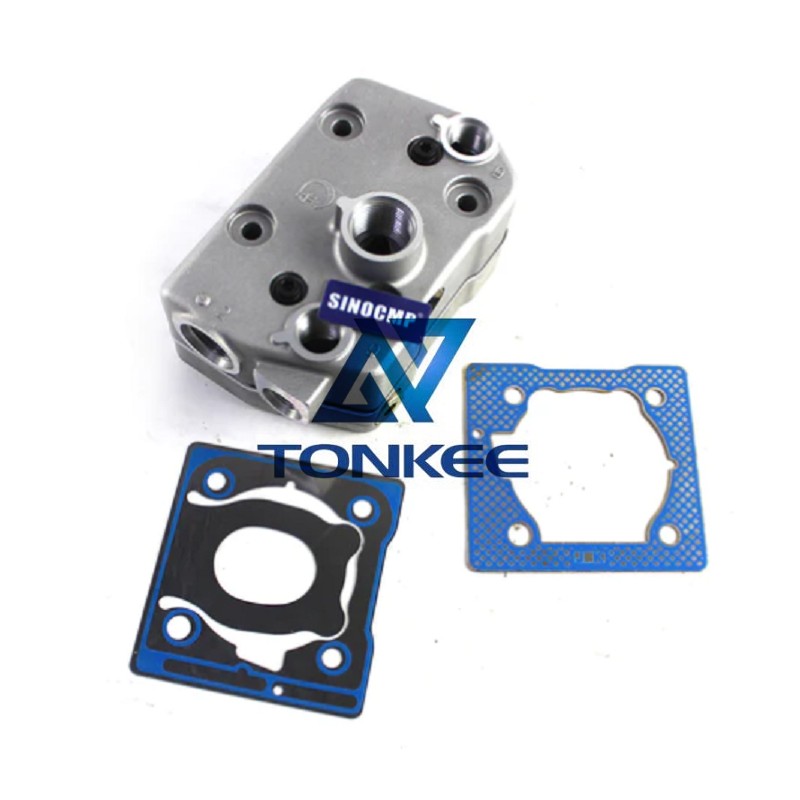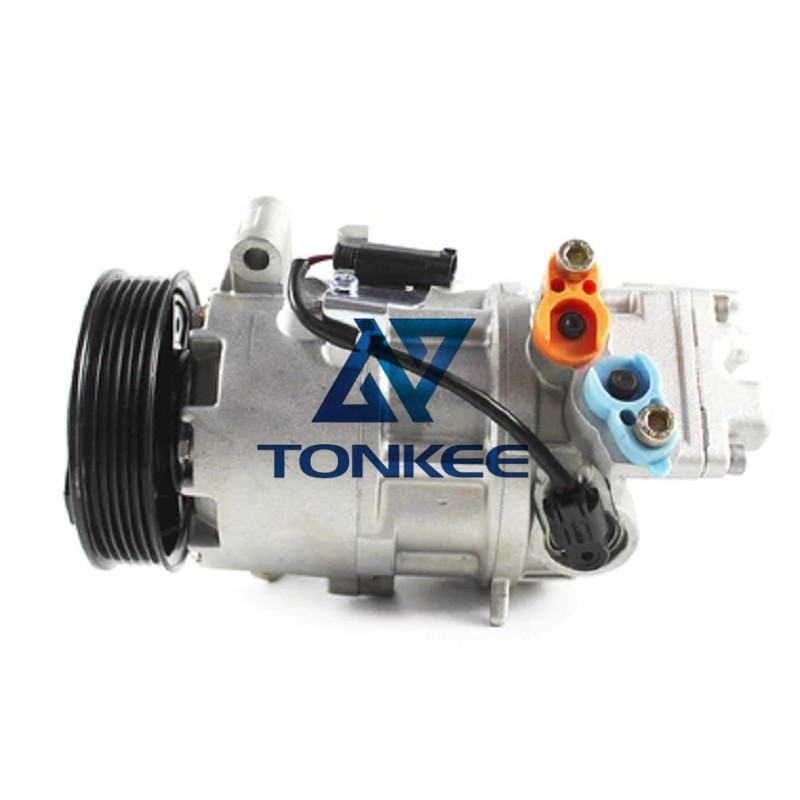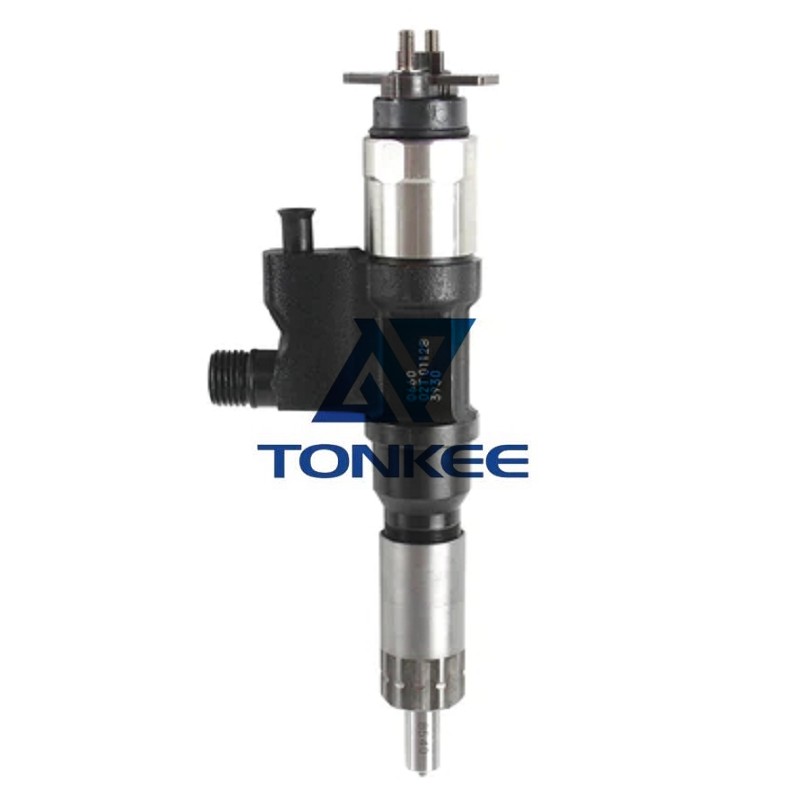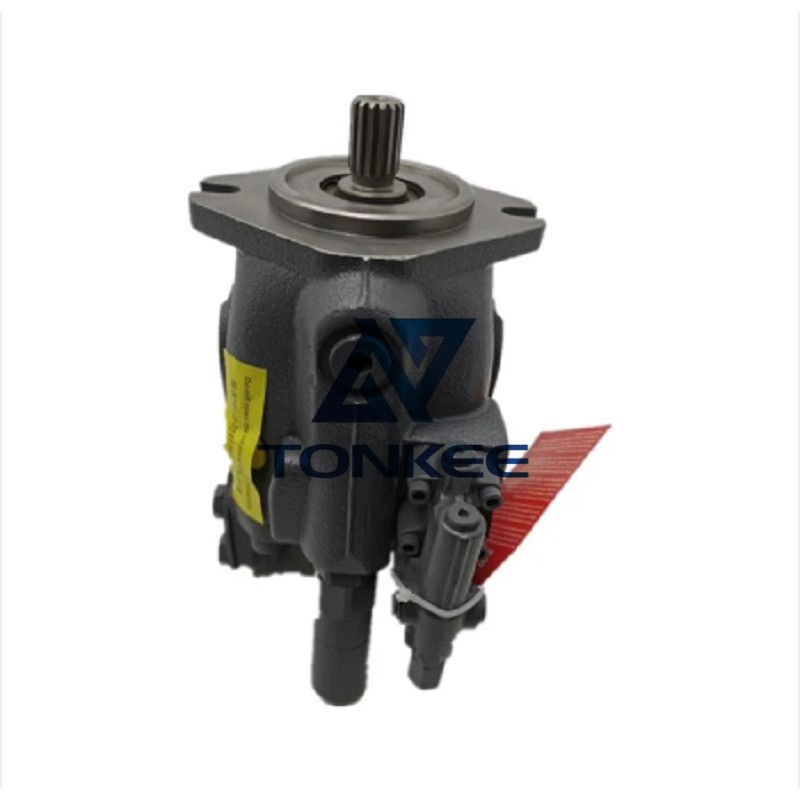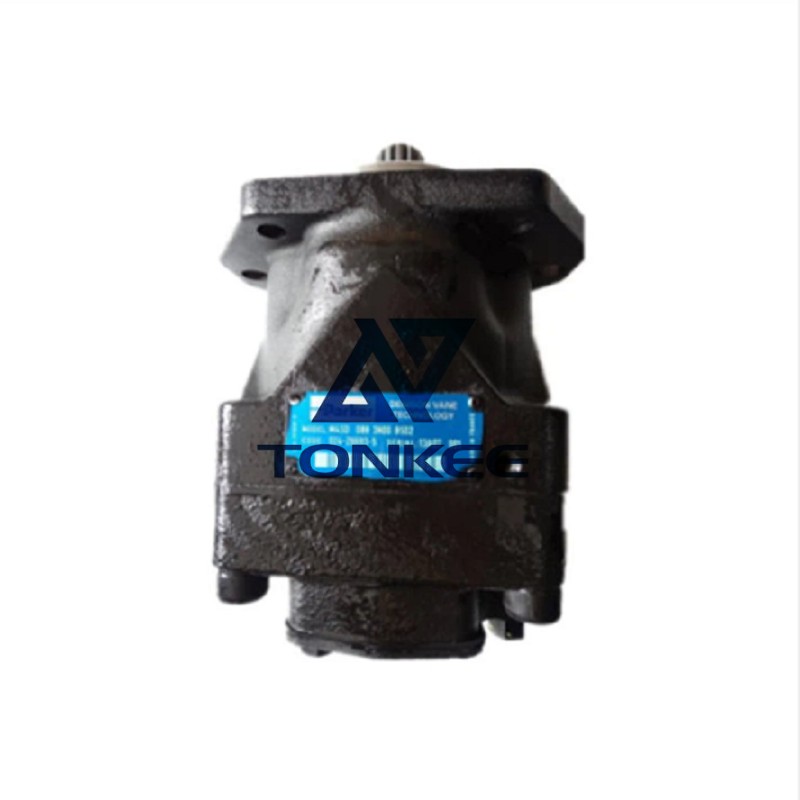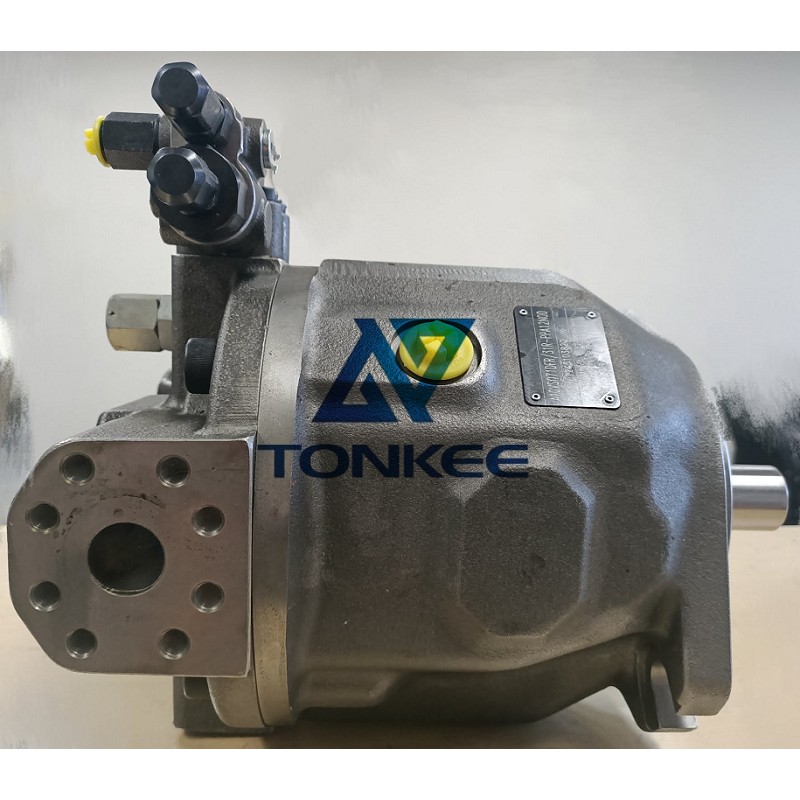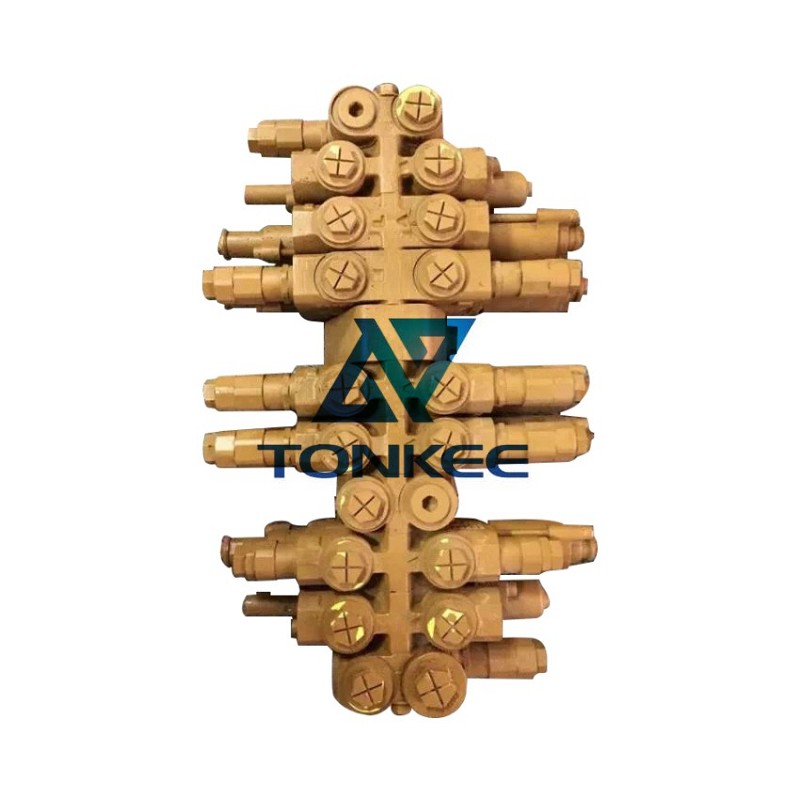
Size and Weight:
The main control valve being discussed here has a weight of 3.5 tons, which indicates its robust construction and ability to handle high-pressure applications.
The size of the valve will depend on the specific design and application requirements. However, it typically falls within the large-sized valve category due to its weight and handling considerations.
Construction Material:
The valve's construction material is a crucial specification that determines its durability and compatibility with the fluids or gases it will handle. For heavy-duty applications like the one mentioned, the valve body is commonly made of high-quality cast steel or forged steel. These materials offer excellent strength, corrosion resistance, and thermal stability.
Pressure Rating:
The pressure rating indicates the maximum pressure the valve can withstand without compromising its integrity. A main control valve weighing 3.5 tons is designed to handle high-pressure environments, such as those found in oil and gas pipelines or power plants. The pressure rating will depend on the specific application, but it is typically in the range of ANSI Class 600 to Class 2500 or higher.
Flow Capacity:
The flow capacity of a main control valve refers to the maximum amount of fluid or gas it can handle within a given time frame. It is typically measured in terms of Cv (flow coefficient) or Cv (flow capacity index). A valve weighing 3.5 tons is designed to handle large flow rates to accommodate the requirements of industrial processes efficiently.
Actuation:
Main control valves can be actuated using different methods, including manual, pneumatic, hydraulic, or electric actuators.
The actuation method is selected based on factors such as system requirements, control accuracy, and response time. For a valve of this size, the actuation mechanism will likely be hydraulically or electrically operated to ensure precise control.
Leakage Class:
Valves are designed to minimize or eliminate leakage when they are in the closed position. Leakage class specifies the permissible amount of leakage allowed based on industry standards. A valve of this size typically falls into the tight shut-off category, ensuring minimal leakage for optimal system performance and safety.
Trim Material:
The valve trim is the internal component responsible for controlling the flow of fluid or gas. It includes components such as discs, seats, and stems. The material used for the trim should be selected based on factors like fluid composition, temperature, and pressure. Common trim materials for high-pressure applications include stainless steel, hardened steel, or other alloys known for their wear resistance and longevity.
Accessories:
Main control valves may come equipped with various accessories to enhance their performance and functionality. These accessories can include positioners, limit switches, solenoid valves, pressure gauges, and more. The selection of accessories depends on specific control requirements and the integration of the valve within the overall system.



 English
English Русский язык
Русский язык

